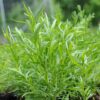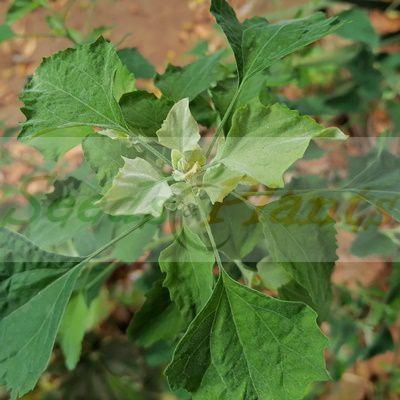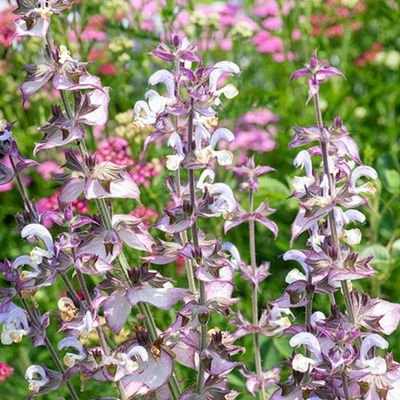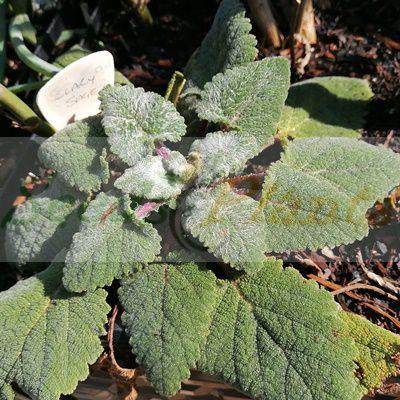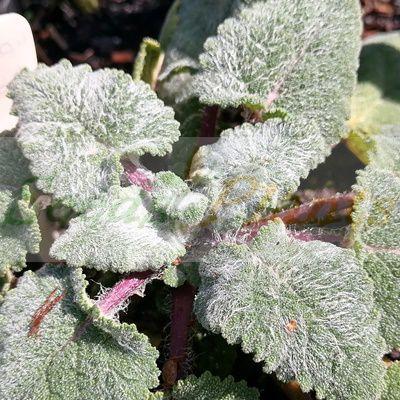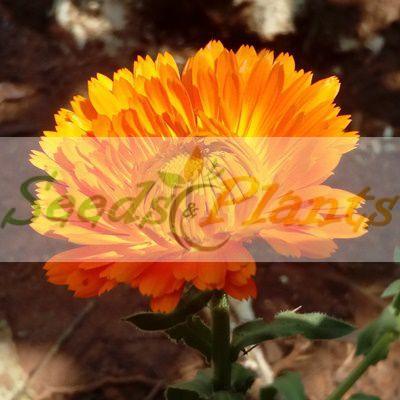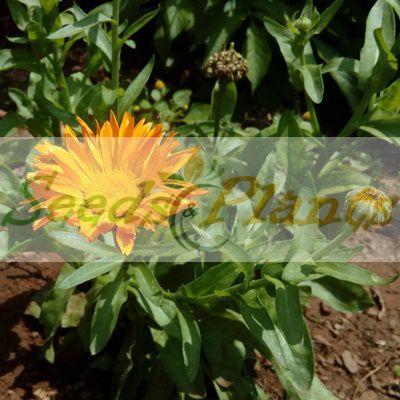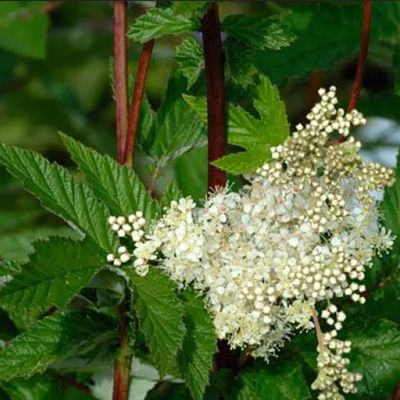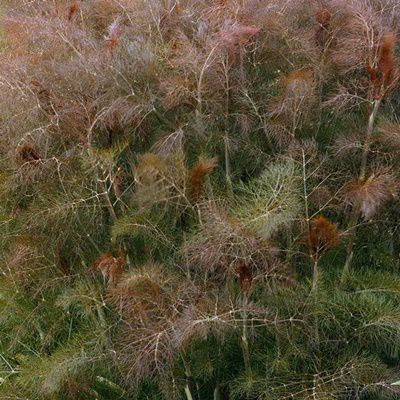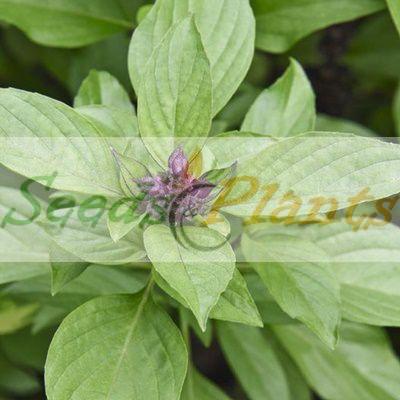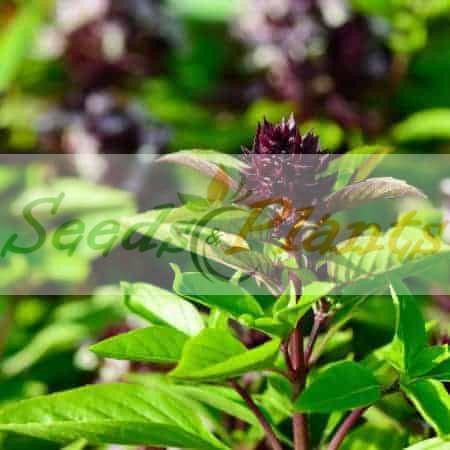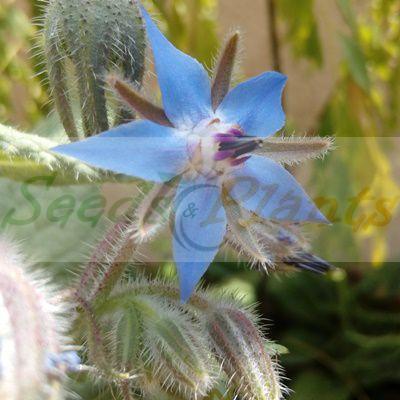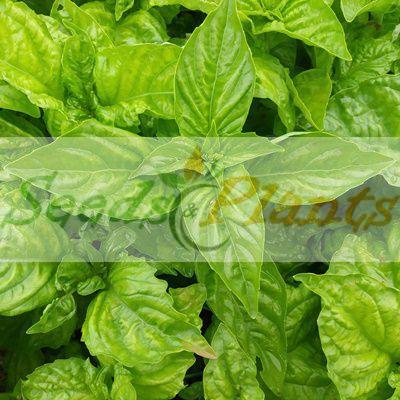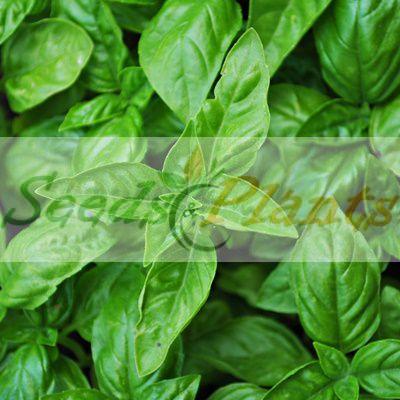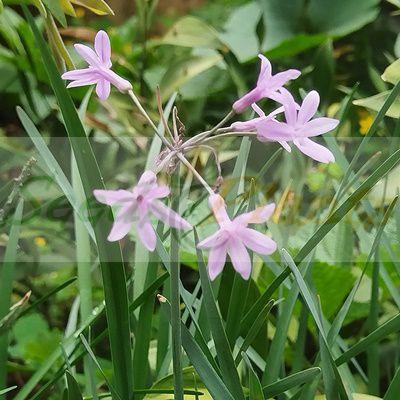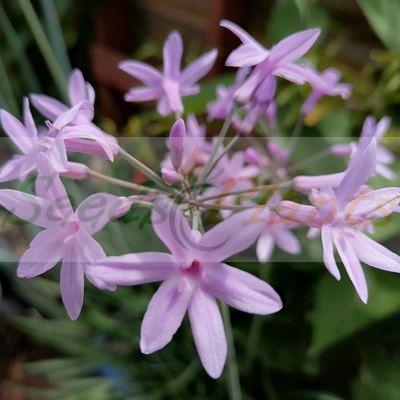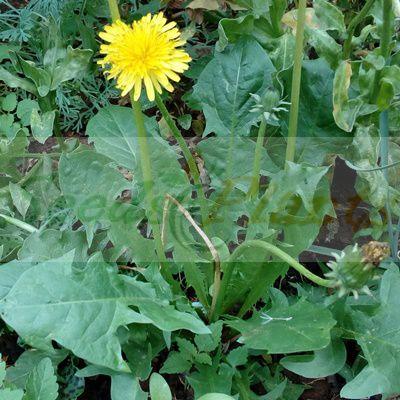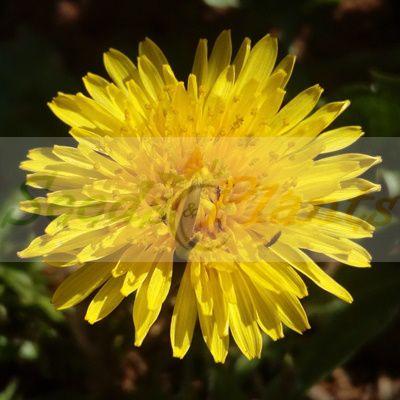🌿 Herbal Quick Facts
Medicinal Info
- 🌍 Origin / Region: Central Asia, Mediterranean, North Africa
- 🌿 Medicinal Part: Flower, Leaf, Seed
- 🍵 Herbal Preparation: Essential Oil, Extract / Tincture, Infusion / Tea
- ⚕️ Healing System: European Traditional Medicine
Culinary Info
- 🍽️ Culinary Use: Flavoring
- 😋 Flavor Profile: Earthy, Pungent
Growth Traits
- 🌱 Life Cycle: Biennial
- 🦋 Pollinator Method: Attracts Bees, Attracts Butterflies, Attracts Hoverflies, Attracts Wasps
- 🪴 Growth Habit: Broad, Tree
- 🌸 Flower Color: Lavender, Lilac
Growing Requirements
- 🌞 Sun Exposure: Full Sun, Shade
- 💧 Water Needs: Avoid Overwatering, Moderate Water, Water Deeply
- ☀️ Growing Conditions: Cold Tolerant, Cool Weather, Frost Tolerant, Heat Tolerant
- 🟤 Soil Preference: Chalky, Dry, Loam, Moderately Fertile, Poor Soil Tolerant, Sandy, Well-Drained
Clary Sage – 20 Seeds
(Salvia sclarea)
R30.00
The plant has a lengthy history as a valued medicinal, culinary and ornamental herb, and is also grown for its essential oil.
Common Names: Clary Sage, Clear Eye, Europe Sage and Eyebright.
Indoor Sowing: Late Winter.
Direct Sowing: Spring.
In stock
🌿 Herbal Quick Facts
Medicinal Info
- 🌍 Origin / Region: Central Asia, Mediterranean, North Africa
- 🌿 Medicinal Part: Flower, Leaf, Seed
- 🍵 Herbal Preparation: Essential Oil, Extract / Tincture, Infusion / Tea
- ⚕️ Healing System: European Traditional Medicine
Culinary Info
- 🍽️ Culinary Use: Flavoring
- 😋 Flavor Profile: Earthy, Pungent
Growth Traits
- 🌱 Life Cycle: Biennial
- 🦋 Pollinator Method: Attracts Bees, Attracts Butterflies, Attracts Hoverflies, Attracts Wasps
- 🪴 Growth Habit: Broad, Tree
- 🌸 Flower Color: Lavender, Lilac
Growing Requirements
- 🌞 Sun Exposure: Full Sun, Shade
- 💧 Water Needs: Avoid Overwatering, Moderate Water, Water Deeply
- ☀️ Growing Conditions: Cold Tolerant, Cool Weather, Frost Tolerant, Heat Tolerant
- 🟤 Soil Preference: Chalky, Dry, Loam, Moderately Fertile, Poor Soil Tolerant, Sandy, Well-Drained
Clary Sage Seeds. Salvia sclarea, the clary or clary sage, is a biennial or short-lived herbaceous perennial in the genus Salvia which can grow up to 1m in height. It is native to the northern Mediterranean Basin, along with some areas in north Africa and Central Asia. The plant has a lengthy history as a valued medicinal, culinary and ornamental herb, and is also grown for its essential oil.
It begins as a rosette in the first year and will grow a flower stalk the second year. The green-grey leaves are big and between 30cm – 50cm long. The summer blooming flowers are held in bracts that range in color from pale mauve to lilac and extend up long, loose terminal spikes.
Clary Sage Culinary Uses
- It is used as a flavoring in vermouths, wines and liqueurs.
- Clary Sage can be used in place of culinary sage in cooking
- Fresh leaves can be made into fritters.
- Flowers can be added to salad.
- Leaves and flowers can be used to make a refreshing tea.
Clary Sage Medicinal Benefits
- Antispasmodic – aid indigestion, gas and vomiting.
- Relaxes spasms.
- Nerve calming tonic
- Stimulates uterus and estrogen production
- Valuable remedy for menopause – hot flushes
- Relieves menstrual pain and premenstrual problems
Growing Clary Sage
Indoor Sowing: Late Winter.
Direct Sowing: Spring.
- Start Seeds indoors about 8 weeks before the last spring frost.
- Seeds can also be sown outdoors in Spring once the soil has warmed.
- Surface sow the seeds on a moist growing medium and lightly cover seeds with fine potting soil or barely cover them, as they need some light to germinate.
- Keep the growing moist but not wet, until germination.
- Optimal soil temperature for germination is 18-30°C.
- Germination in about 14 days, but can take longer.
- Transplant the seedlings to the garden about a week before the last expected frost.
- Space plants 10 to 24 inches apart.
- Allow the top inch or two of soil to dry before watering again.
- After the first frost, cut the stems of first-year plants to 1 inch above the soil.
- Mulch heavily to protect the roots over the winter.
- It can also be grown in containers.
Can this plant be used for culinary purposes?
Clary Sage is traditionally used for culinary purposes such as flavoring.
Does this plant have medicinal uses?
Traditionally, Clary Sage has a history of use in European Traditional Medicine. Seeds are sold for cultivation purposes only.
Disclaimer
Medicinal Information:
All medicinal information on this website is for educational and informational purposes only and may not be construed as medical advice. The information is not intended to replace medical advice or treatment offered by healthcare professionals.
Seeds, Plants, Plant Cuttings, Geophytes and Dried Herbs:
In some countries and provinces, certain plants are deemed as invasive and are not allowed to be planted at all, whilst some plants are allowed to be grown only in certain areas or provinces. The onus is on you as the buyer to familiarize yourself with the regulations pertaining to your location, before purchasing any of our seeds, plants, plant cuttings, geophytes or dried herbs. We will not be held liable, should you purchase any seeds, plants, plant cuttings, geophytes or dried herbs. from us which are prohibited in your country or province.

